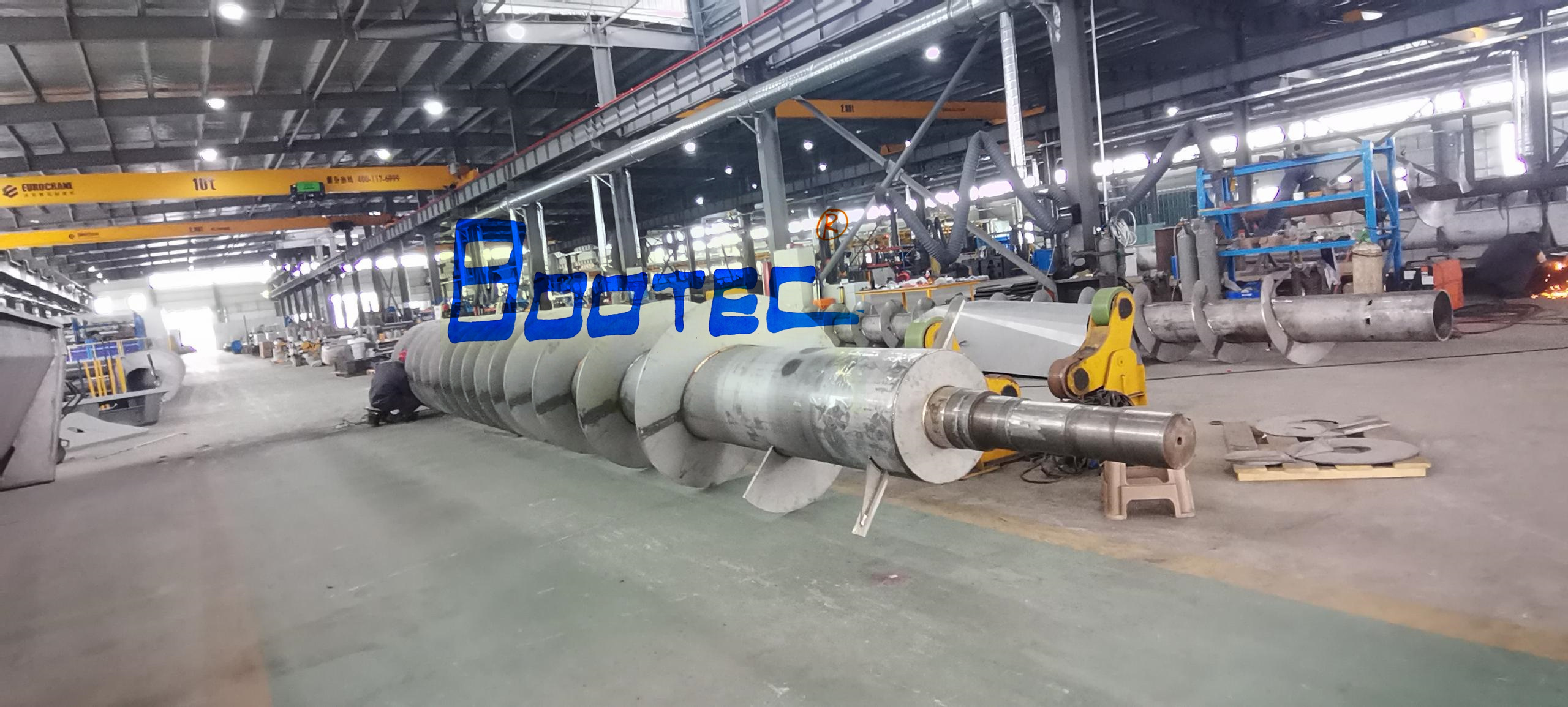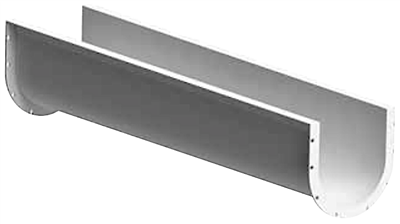
3 wave expansion joint Size 300*300
Metal expansion joints (also called compensators) are compensating elements for thermal expansion and relative movement in pipelines, containers and machines. They consist of one or more metal bellows, connectors at both ends, and tie rods that depend on the application. They are differentiated according to the three basic types of movement: axial, angular and lateral expansion joints. Expansion joints have usage in various sectors, like energy production, paper industry, chemical industry, water treatment, oil and gas. Expansion joints can be used wherever thermal movements or vibration occurs in pipelines.
In 1920, he applied for a patent for the first so-called flexible metal tube expansion joint, German Reichspatent No. 367 185, from 29 July 1920. From a technical point of view, this precursor of today’s expansion joints is a large, pressure-tight flexible metal hose with a defined, restricted freedom of movement. In the 1930s, the ‘metal hose’ or ‘flexible metal tube’ principle was replaced by the metal bellows as the central functional element. This design principle – metal bellows with connection pieces – is still the structural basis of modern metal expansion joints today.
In modern expansion joints, the metal bellows are often produced with a so-called multi-ply design. To increase both flexibility and stability, multiple thin plies of metal are layered to form the bellows walls. There are two basic design types: The multi-ply and the multi-walled bellows structure. The multi-ply structure consists of a pressure-tight, longitudinally welded outer and inner cylinder of stainless steel. In between these cylinders is an open, spiral cylinder which forms multiple plies depending on the design. The multi-walled structure consists of several concentric, longitudinally welded cylinders. Each cylinder forms a pressure-tight and closed “wall”.
The main advantages of multi-walled bellows:
- Resistance to high and very high pressures
- Large movement absorption
- Small dimensions
- Small adjusting force rates
- Optimal compensation in a very small space
- Early leak indication (in case of damage) via standard check hole
- Complete burst resistance
- Possibility of permanent leak monitoring in critical media
- Economical use of high-quality, corrosion-resistant materials such as Inconel, Incoloy, Hastelloy, titanium and Tantal
- Insulation against structure-borne noise up to 20 dB
This design has both technical and economic advantages. For example, the bellows can be constructed of different materials, such as high-alloy stainless steels for the pipes in contact with the medium (inside and/or outside), and low-alloy stainless steels for the intermediate plies.





